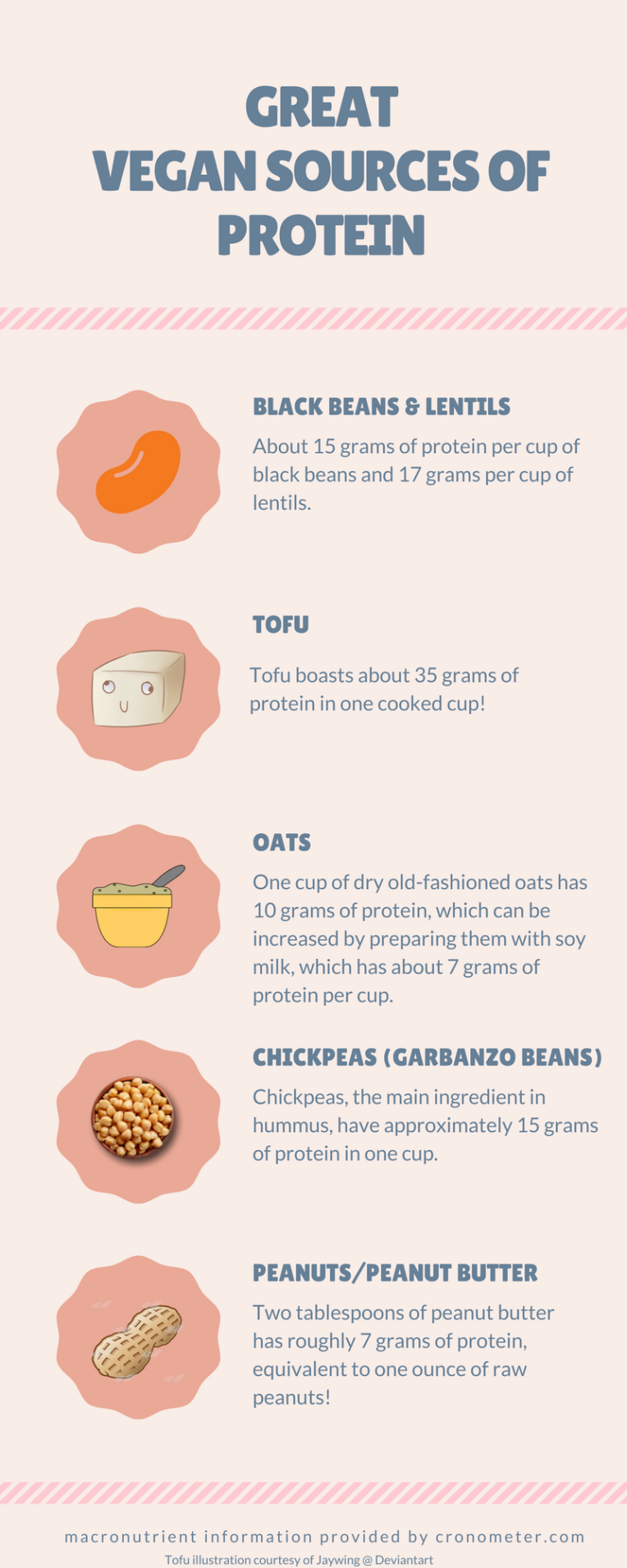Anyone that’s ever even thought about transitioning to a vegetarian or vegan lifestyle has been asked the question, or asked it themselves: How do you get enough protein?
First of all, you can rest assured that you probably aren’t at much risk of having a protein deficiency, or health issues related to a lack of protein, but in fact, the contrary may be true. In addition, protein deficiency, especially in the United States, is rare. That said, that’s just a guarantee that you’re likely not going to die from not eating enough protein, in particular if you’re getting enough calories. But if you’re like most people, you might feel more satiated and energized after eating a meal that has a significant amount of protein, and you might have certain physique goals that call for a protein intake higher than 10% of calories from protein. Whether you’re a vegan looking to increase your protein intake, or just curious about how vegans and vegetarians get protein, keep reading for tips on getting enough of this essential macronutrient!
Supplement
If your diet has enough protein but you’re trying to build muscle, now would be the time to consider adding supplements to your diet, such as protein bars and shakes. There are lots of great vegan protein bars, such as Nugo, CLIF, and the Complete Cookie. These bars are my favorite because none of them taste like protein supplements (especially when you put the Complete Cookies in the microwave for a few seconds!). As far as protein shakes go, True Nutrition has a feature on their website where you can build your own protein powder. There, you can choose between budget friendly pea and soy protein (I prefer the soy), or a more pricey pea protein that tastes better. You also have the option to “boost” your protein with a variety of different powders.
Protein powders allow you to make protein shakes, of course, but many people also mix them with vegan yogurts or oats to make protein packed yogurt and oatmeal (True Nutrition also has a feature where you can build your own oatmeal and add protein). Others get flavorless protein powder to add to their meals.
Seek Out Plant Proteins
There are multiple plant foods that contain protein, legumes in particular, but you should also pay close attention to the small amounts of protein that come in other foods, because they add up! For example, a cup of cooked broccoli has about 4 grams of protein, which isn’t much, but when you combine that with a cooked white potato, also 4 grams of protein, and a cup of quinoa, with 8 grams, your small meal has 16 grams of protein already!
Consider the Additions
Take the meal we just made in the previous tip, sounds kind of plain, doesn’t it? I like to top my potatoes with some soy “bacon” bits, 3 grams, and some vegan Parmesan, 1 gram. Now your meal has 20 grams of protein, which if you choose to add one Gardein “Chicken Breast,” your meal has gone from 20 grams to 42 grams. Now not only does this meal sound delicious, but it’s got a huge chunk of your daily protein goal out of the way.
Substitute Your Old Favorites
It’s 2017, which means that the meat and dairy substitutes available to you are likely to be plentiful and tasty. Milk now comes from soy, almond, coconut, rice, hemp, cashew, oat, and more. With companies like Gardein, Boca, and Beyond Meat, you can have a substitute for beef, chicken, turkey, and fish, with multiple varieties available. These substitutes often have a solid amount of protein on their own, and then can be combined with a less processed plant protein.
Look for Protein Where You Might Not Expect It
Did you know that most bagels are vegan and have about 10 grams of protein each? If you combine that with two tablespoons peanut butter, you have a satiating breakfast that comes in at 17 grams of protein. A cup of brown rice has about 5.5 grams of protein, which is great with some black beans (15 grams). Half of a cup of hummus has about 9 grams of protein, and a medium pita has about 5 grams. There are several plant foods that you don’t expect to have protein, so check your nutrition labels and see what adds up!
Check this infographic I made to showcase the best sources of vegan protein!


Great post! I love tofu
LikeLike